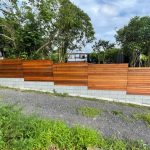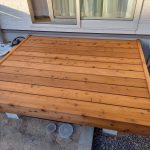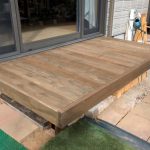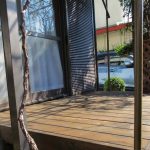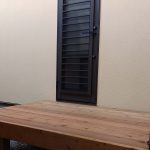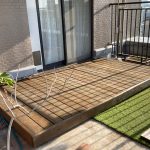For Americans, wood has a long history in exterior building and “accessories,” from pioneer forts to the famous white picket fence appearing in the novel Tom Sawyer. Americans continue to love and use wood in the 21st century, in fencing, decks, and in many other ways.
I feel a cold and abandoned feeling whenever I see wire fences and concrete walls and buildings. Wood strongly communicates warmth and care, and is extremely soothing. This “visual therapy” is especially important in urban and suburban Japan, where stress can be a problem.
We live in a quiet and green suburb in northern Osaka. Our family is delighted with the sturdiness craftsmanship in our new Borneo ironwood deck built by Nakagawa Mokuzai Sangyo, Inc. It will be a joy to sit on the deck in spring, listening to the birds and watching the bamboo sway in the breeze.
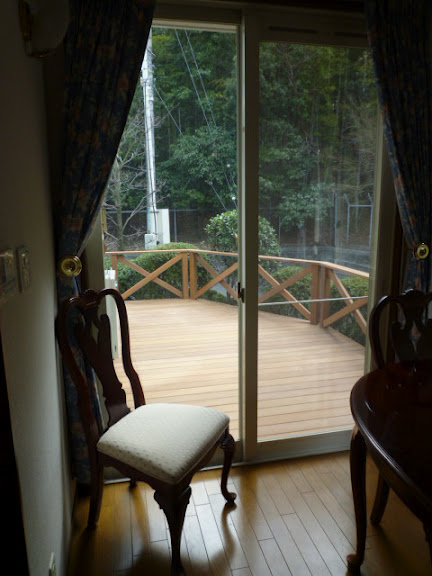
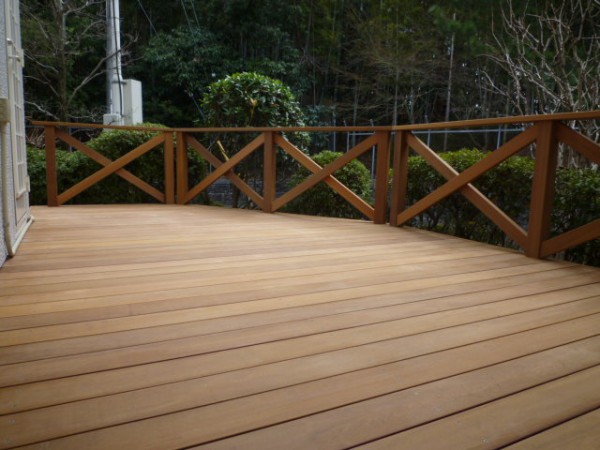
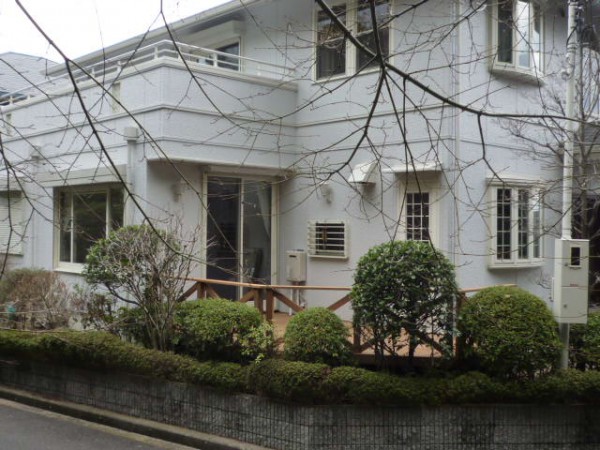
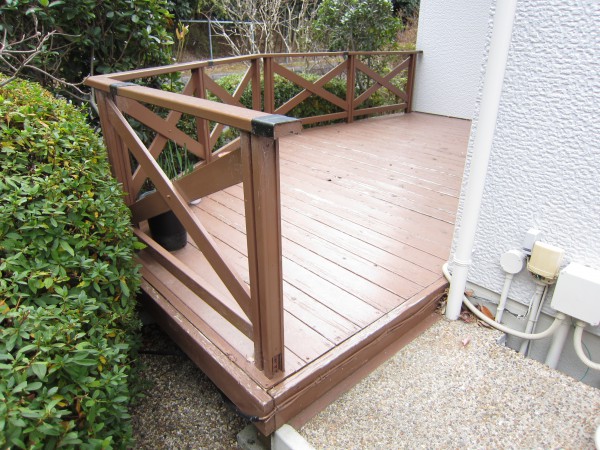
弊社で翻訳させていただきました。
私は1980年代に日本へやってきたアメリカの女性です。おそらくウッドデッキが日本へやってきたのと同じ頃です。非常にポピュラーになったウッドデッキは、1990年代には新素材(ハードウッド)や施工法(DIY)などの新たの要素も手伝って、その市場は顕著に拡大しました。
アメリカ人にとっては開拓者の砦からトム・ソーヤに出てくる有名な白いピケット・フェンスに至るまで、ウッドのエクステリアやアクセサリーを利用してきた長い歴史があります。21世紀になってもアメリカ人は木を好み、フェンス、デッキやその他様々な方法でウッドを使い続けています。
私はワイヤーフェンスやコンクリートでできた壁や建物を見るといつも冷たく廃れた感覚を覚えます。ウッドからは暖かさや優しさを強く感じ、非常に癒されます。この「視覚療法」はストレスが問題となりうる日本の都市や近郊の地では特に重要です。
私たちは静かで緑豊かな北大阪の郊外で暮らしています。私達家族は喜んでいます。
